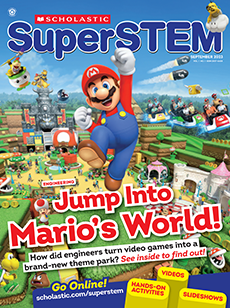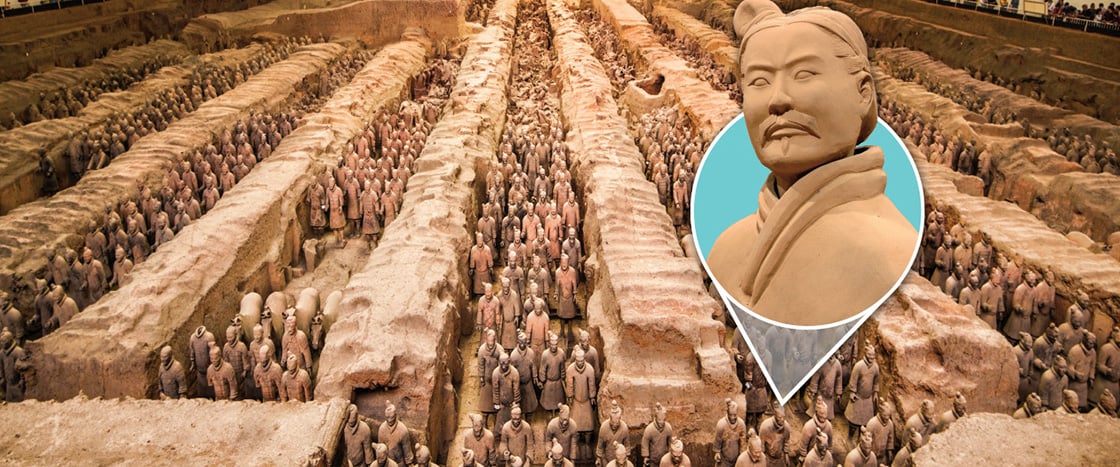Nearly 50 years ago, farmers digging a well in central China made a surprising discovery. They uncovered a head made of terra-cotta, a type of baked clay. It belonged to a statue of a soldier. And the figure wasn’t alone. It was part of a massive army buried in a tomb.
Since 1974, archaeologists have found more than 8,000 terra-cotta warriors in the tomb. And they’re still digging! In 2022, more than 20 new warriors were found. Finding and restoring these sculptures has helped scientists learn more about China’s ancient past.
Nearly 50 years ago, farmers dug a well in central China. They discovered something surprising: a head made of terra-cotta. Terra-cotta is a type of baked clay. The head belonged to a statue of a soldier. And the figure wasn’t alone. It was part of a huge terra-cotta army. The army was buried in a tomb.
Since 1974, archaeologists have found more than 8,000 terra-cotta warriors in the tomb. And they’re still digging! In 2022, more than 20 new warriors were found. Finding and restoring these sculptures has helped scientists learn more about China’s ancient past.

